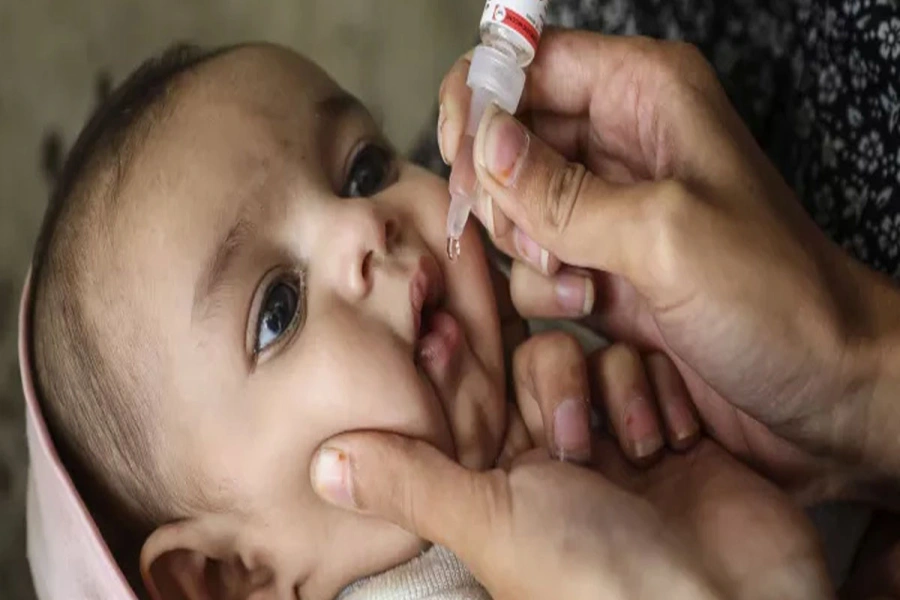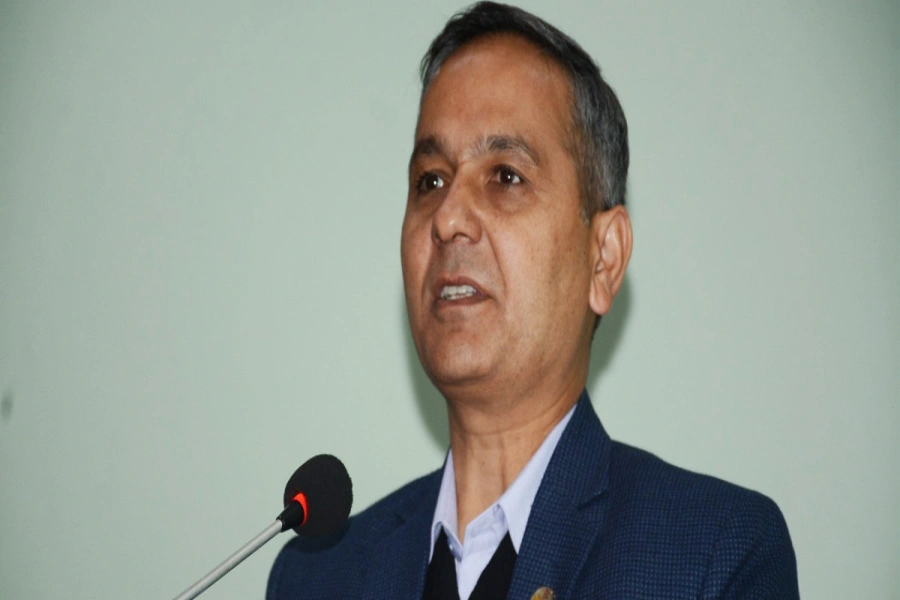Many of us know that we have to recycle to protect the environment. Along with cutting down on plastics and other polluting wastes, recycling is a good way to conserve the environment even though experts agree that it can’t completely combat plastic pollution just by itself. However, they also agree that recycling remains an important way to reduce litter and waste and to recover valuable materials while reducing greenhouse gas emissions and conserving significant amounts of energy and water. But there are still some myths and misconceptions about recycling and sustainability in general. Here we try to set things straight.
Everything can be recycled only once
Many people think that things can be recycled only once after which it will turn to waste and that ultimately harms the environment. And so they don’t see the point in recycling. However, many common items can be recycled over and over again, with substantial savings to energy and natural resources. Glass and metals, including aluminum, can effectively be recycled indefinitely, without a loss of quality. Aluminum cans have consistently shown the highest value among recycled commodities. It’s true that each time paper is recycled, the tiny fibers that comprise it become a little more damaged. However, the quality of paper made from recycled content has improved dramatically over the past few years and it can be recycled at least five times. After that, they can still be made into lower-grade paper-based materials like egg cartons or packaging inserts.
Beware of myths

We can fully clean up the oceans
Plastic pollution is a devastating problem for the world’s oceans and marine life. According to the UN, about eight metric tons of plastic waste is dumped in the seas annually. Plastic has been discovered at the deepest point of the ocean, in the Mariana Trench in the western Pacific Ocean, and in Australia, CSIRO scientists found micro plastics in the sediment of the Great Australian Bight. Last year Guardian Australia reported that scientists now believe ‘plastic is literally everywhere.’ And sadly, it’s at a point where a complete cleanup in almost impossible. The main challenge of cleaning up the oceans is that plastic pollution is spread across millions of square kilometers and travels in all directions. So cleanup technologies have to do the hard job of concentrating the plastic first before it can be effectively removed from the ocean. And so, the only thing we can do is to reduce pollution by not using plastic and recycling what we can.
All products other than plastics are recyclable
People buy products thinking they are recyclable feeling all conscious about the environment but many of them actually aren’t. Paper products such as paper towels, tissues, and napkins are considered too contaminated to be recyclable. Instead of paper napkins, one should try using washable, cloth napkins to be more sustainable. Some boxes, such as those used for frozen foods, also may not be recyclable since they have a coating that can’t be broken down properly in the recycling process. Broken glass is recyclable but since it is recycled mostly by hand (in Nepal at least) it’s recommended that you don’t just toss in your recycling bin as it can injure workers. You must
Clothes are among the main things that are recycled
Even though clothes have the potential to be reused over and over again and after that be recycled to make something entirely new, only 15 percent of clothes are actually being recycled worldwide. This is a serious problem as old clothes mostly end up in the trash. Clothes are definitely reused but they are rarely recycled. To throw away clothes just because they are torn and not wearable is a big mistake. Recycling companies can take these tattered clothes to remake new things even if it means shredding them into thin fibers. After that, the fiber can be used for almost anything. There are many drop-off points in Nepal for unwanted clothes, and there are a variety of ways to sell or donate unwanted items.
Recycling is the ultimate solution
Out of the 3 Rs, there is a reason why recycling comes last after reduce and reuse. There are many, many flaws in our recycling system, and with only a nine percent success rate, we must look for more effective solutions elsewhere. Reduction of waste, mainly single-use plastic, is a great first step. Over 40% of the plastic produced last year was used just once and then discarded. Recycling is the last resort and definitely not an option to be relied on.






































